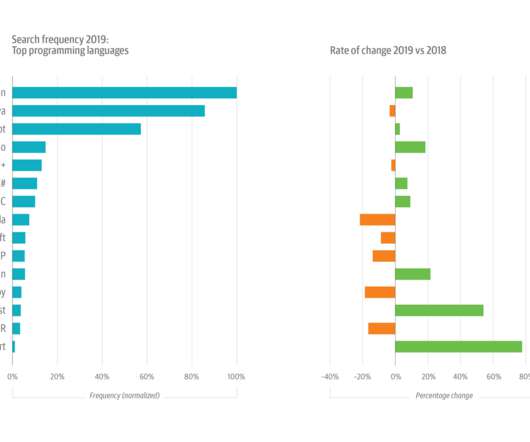Quantum computing’s potential is still far off, but quantum supremacy shows we’re on the right track
O'Reilly
OCTOBER 31, 2019
We recently learned about a major breakthrough: Google says it has achieved “quantum supremacy” with a 53-qubit computer. Google performed a computation in a few minutes (3 minutes, 20 seconds to be precise ) that would have taken more than 10,000 years on the most powerful computers we currently have. That is very big news.












Let's personalize your content